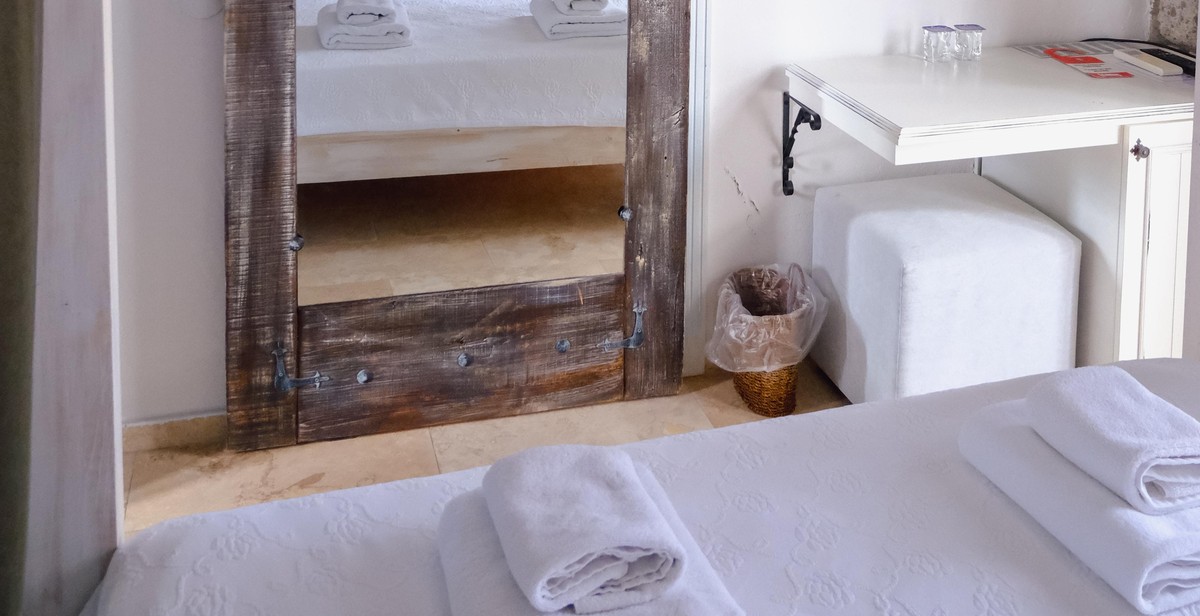Introduction: Preventing Nighttime Allergies for a Good Night’s Sleep
If you suffer from allergies, you know how frustrating it can be to wake up in the middle of the night with a runny nose, itchy eyes, or a scratchy throat. Nighttime allergies can make it difficult to get a good night’s sleep, leaving you feeling tired and groggy the next day.
Fortunately, there are steps you can take to create an allergy-free sleep environment that can help you avoid nighttime allergy symptoms. By understanding the causes of nighttime allergies and taking proactive measures to prevent them, you can enjoy a restful, refreshing night’s sleep.
Understanding Nighttime Allergies
Nighttime allergies can be caused by a variety of allergens, including dust mites, pet dander, and pollen. These allergens can trigger a range of symptoms, including sneezing, congestion, itching, and even asthma attacks. For many allergy sufferers, these symptoms can be particularly severe at night, making it difficult to sleep.
In addition to allergens, other factors can contribute to nighttime allergies, such as poor air quality, humidity, and temperature. Creating an allergy-free sleep environment requires addressing these factors and taking steps to minimize your exposure to allergens.
Conclusion
By understanding the causes of nighttime allergies and taking proactive steps to prevent them, you can create an allergy-free sleep environment that promotes restful, refreshing sleep. In the following sections, we will discuss specific strategies for preventing nighttime allergies, including cleaning and maintaining your bedding, controlling humidity levels, and using air purifiers and other allergy-fighting tools.

Identifying Allergens in Your Bedroom
Identifying common allergens found in your bedroom is the first step to creating an allergy-free sleep environment. Common allergens found in bedrooms include:
- Dust mites: These microscopic creatures thrive in warm and humid environments and feed on dead skin cells. They are a common cause of year-round allergies.
- Pet dander: If you have pets that sleep in your bedroom, their dander (flakes of skin) can trigger allergies.
- Mold: Mold spores can grow in damp areas of your bedroom, such as the bathroom or near a window with condensation.
- Pollen: Pollen from outdoor plants can enter your bedroom through open windows or on your clothing.
- Cockroaches: These insects can leave behind droppings that can trigger allergies.
Testing for Allergens
If you suspect that you have allergies but are not sure what is causing them, you can get tested by an allergist. Allergy testing can help identify the specific allergens that are causing your symptoms. There are two main types of allergy tests:
- Skin prick test: This involves placing a small amount of allergen on your skin and pricking it with a needle. If you are allergic to the allergen, you will develop a raised bump or hive.
- Blood test: This involves taking a sample of your blood and testing it for antibodies to specific allergens.
Once you know what you are allergic to, you can take steps to remove the allergens from your bedroom.
Removing Allergens from Your Bedroom
Here are some steps you can take to remove allergens from your bedroom:
| Step | Description |
|---|---|
| 1. Wash bedding regularly | Wash your sheets, pillowcases, and blankets in hot water (at least 130°F) once a week to kill dust mites and remove pet dander and pollen. |
| 2. Encase pillows and mattresses | Use dust mite-proof covers on your pillows and mattresses to prevent dust mites from getting inside. |
| 3. Remove carpeting | Hardwood, tile, or vinyl flooring is easier to clean and does not trap dust and allergens like carpeting does. |
| 4. Vacuum regularly | Use a vacuum with a HEPA filter to remove dust and allergens from your floors, rugs, and furniture. |
| 5. Control humidity | Use a dehumidifier to keep humidity levels below 50% to prevent mold growth. |
| 6. Keep pets out | If possible, keep pets out of your bedroom to prevent pet dander from accumulating. |
By following these steps, you can create an allergy-free sleep environment and reduce your nighttime allergy symptoms.

Creating an Allergy-free Sleep Environment
Allergies can make it difficult to get a good night’s sleep. If you’re prone to nighttime allergies, creating an allergy-free sleep environment is essential. Here are some tips to help you prevent nighttime allergies:
Investing in Allergy-friendly Bedding
One of the best ways to prevent nighttime allergies is to invest in allergy-friendly bedding. Allergy-friendly bedding is designed to repel allergens such as dust mites, mold, and pollen. Look for bedding that is made from hypoallergenic materials such as cotton or bamboo. You should also consider using allergen-proof covers for your pillows and mattress.
Using an Air Purifier
An air purifier can help to remove allergens from the air in your bedroom. Look for an air purifier that is designed to capture allergens such as dust mites, pollen, and pet dander. You should also look for an air purifier that has a HEPA filter. HEPA filters are designed to capture particles as small as 0.3 microns, which includes most allergens.
Maintaining a Clean Bedroom
A clean bedroom is essential for preventing nighttime allergies. Dust and pet dander can accumulate quickly, so it’s important to vacuum and dust your bedroom regularly. You should also wash your bedding once a week in hot water to kill any dust mites or other allergens that may be present.
Reducing Humidity in Your Bedroom
High humidity levels can contribute to the growth of mold and dust mites, both of which can trigger allergies. You can reduce humidity levels in your bedroom by using a dehumidifier or by using an air conditioner. You should aim to keep humidity levels between 30 and 50 percent.
Conclusion
By investing in allergy-friendly bedding, using an air purifier, maintaining a clean bedroom, and reducing humidity levels, you can create an allergy-free sleep environment that will help you get a good night’s sleep.

Additional Tips for Managing Nighttime Allergies
Aside from creating an allergy-free sleep environment, there are other steps you can take to manage nighttime allergies:
Avoiding Allergens During the Day
Prevention is key when it comes to managing allergies. To reduce your exposure to allergens, take steps to avoid them during the day. This might include:
- Keeping windows closed to prevent pollen from entering your home
- Using an air purifier to filter out allergens
- Dusting and vacuuming regularly to remove dust mites and pet dander
- Washing your bedding in hot water to kill dust mites
- Avoiding outdoor activities during high pollen count days
Taking Medication
If avoiding allergens isn’t enough to manage your nighttime allergies, medication can help. Over-the-counter antihistamines can help reduce symptoms like sneezing, itching, and runny nose. Decongestants can also help relieve nasal congestion. If your allergies are severe, prescription medication may be necessary. Talk to your doctor or allergist about the best medication for you.
Consulting with an Allergist
If your nighttime allergies are severe or interfering with your quality of life, it’s worth consulting with an allergist. An allergist can help identify the specific allergens causing your symptoms and recommend the best course of treatment, which may include allergy shots or immunotherapy.
